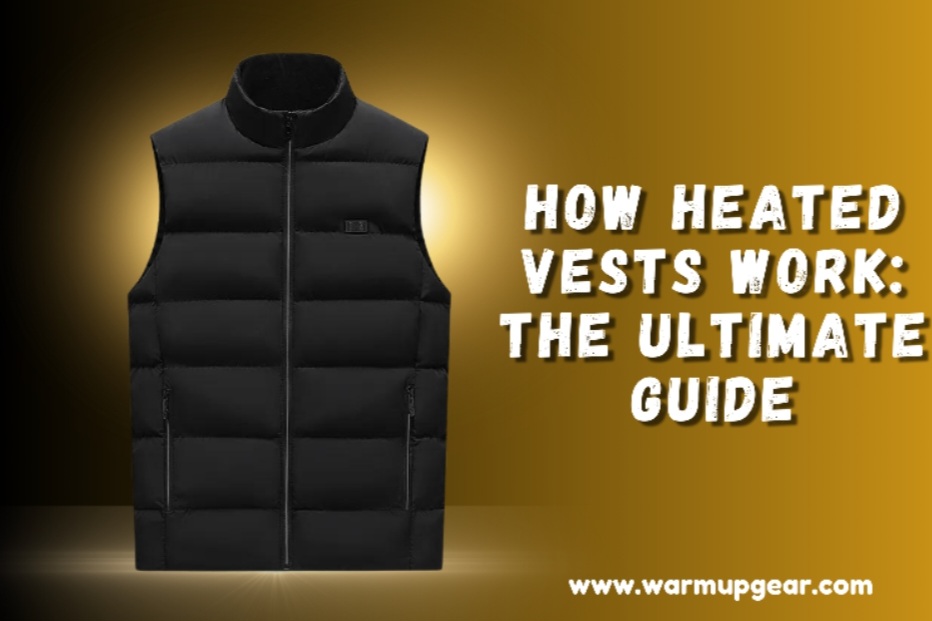As temperatures drop, staying warm becomes a priority for many, especially during outdoor activities. Heated vests have emerged as an innovative solution to combat the chill while providing comfort and mobility. This guide delves into the science behind heated vests, their functionality, and what to consider when choosing one.
Understanding the Technology:
Heated vests utilize electrical heating elements embedded within the fabric to generate warmth. Typically, these vests are powered by rechargeable batteries, providing heat on demand. The heating elements are usually made from materials like carbon fiber or metal wires, which efficiently convert electrical energy into thermal energy.
Heating Zones:
Most heated vests feature multiple heating zones strategically placed in areas prone to cold, such as the chest, back, and sometimes even the neck. These zones can often be controlled independently, allowing users to adjust the level of warmth based on personal preference and the environment.
Power Sources:
The heart of a heated vest is its power source. Most modern designs come equipped with lithium-ion batteries, known for their lightweight and long-lasting capabilities. Depending on the vest’s design and heating settings, these batteries can offer several hours of warmth. Some vests come with USB ports, allowing users to charge their devices while on the go, adding an extra layer of convenience.
Features to Look For:
When selecting a heated vest, consider several important features:
Adjustable Heat Settings
Opt for a vest that offers multiple heat settings. This flexibility allows you to customize your warmth level, catering to varying conditions and activities.
Material and Design
The fabric should be both breathable and water-resistant to ensure comfort during physical activities. A well-designed vest will provide insulation while allowing for ease of movement, making it ideal for hiking, skiing, or everyday wear.
Battery Life
Check the battery specifications. Longer battery life is essential for extended outdoor adventures. Some vests offer quick-charging capabilities, allowing for less downtime between uses.
Safety Features
Safety is paramount. Look for vests equipped with built-in safety features such as overheat protection or automatic shut-off to prevent any potential hazards.
Maintenance and Care
To ensure longevity, proper care of your heated vest is essential. Always follow the manufacturer’s washing instructions, which typically recommend hand washing or using a gentle cycle. Remove the battery before washing, and ensure that all heating elements are intact and functioning properly.
Conclusion:
Heated vests represent a fusion of comfort and technology, making them an excellent investment for anyone who enjoys spending time outdoors during colder months. By understanding how they work and what features to look for, you can choose the perfect heated vest that suits your needs, keeping you warm and active no matter the weather. Whether you’re hiking in the mountains or simply taking a walk on a chilly evening, a heated vest can be a game-changer for your winter wardrobe.
FAQs:
- How do heated vests work?
Heated vests utilize embedded electrical heating elements that generate warmth when powered by rechargeable batteries. These elements convert electrical energy into heat, providing on-demand warmth to the wearer.
- What type of battery do heated vests use?
Most heated vests use lithium-ion batteries, known for being lightweight and having a long lifespan. These batteries are rechargeable and can provide several hours of heat, depending on the settings used.
- Can I wash my heated vest?
Yes, but it’s essential to follow the manufacturer’s care instructions. Typically, this involves removing the battery and using a gentle wash cycle or hand washing. Always ensure that the heating elements are intact before washing.
- Are heated vests safe to use?
Yes, heated vests are generally safe. Look for models with safety features such as overheat protection and automatic shut-off mechanisms, which help prevent any potential hazards.
- How long does the battery last on a heated vest?
Battery life varies depending on the vest’s design and the heat settings used. On low settings, some vests can last up to 10 hours, while higher settings may reduce the battery life to 3-5 hours.



